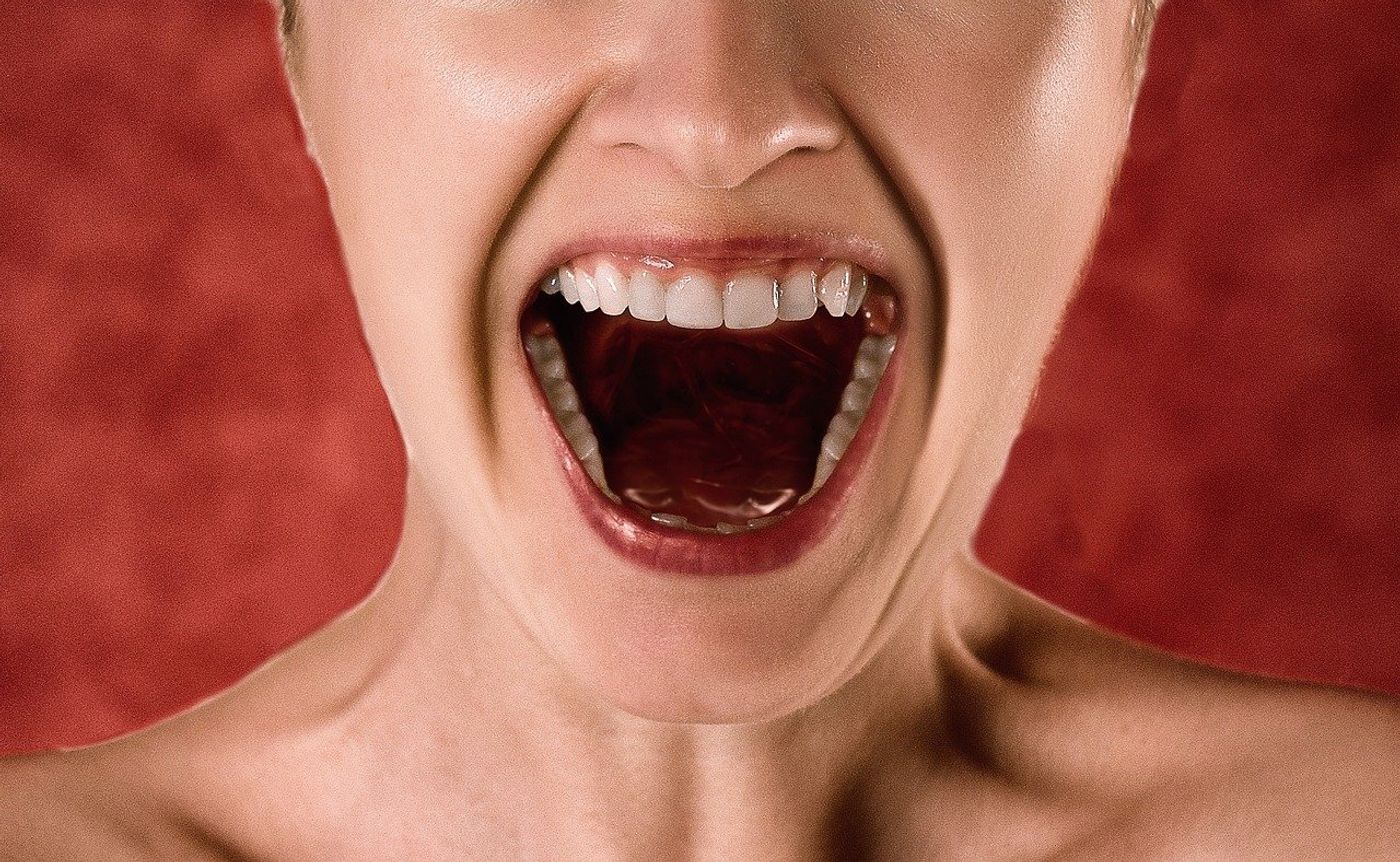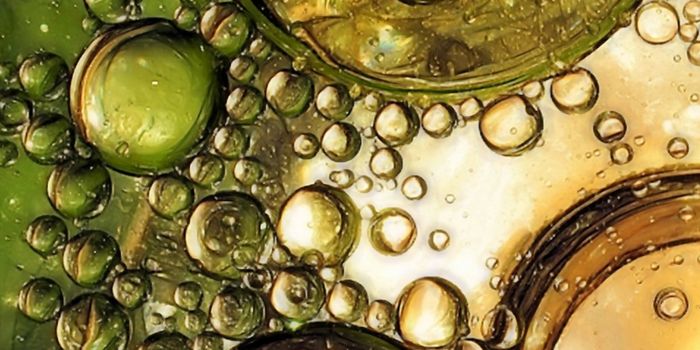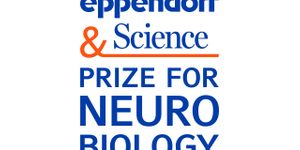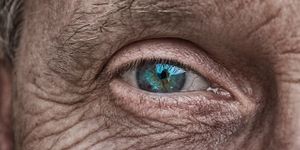Bacterial Communities Change Dramatically as Gum Disease Worsens
Researchers have mapped bacterial signatures that differentiate healthy gums from those with gingivitis and periodontitis. The microbiota of the oral cavity plays a central role in driving inflammatory conditions of the teeth and gums. Over 800 bacterial species colonize the mouth's mucosal layer, while a further 1,300 species are found in the crevices between the teeth and the gums.
"Previous studies have explored the differences in bacterial communities in healthy mouths or those affected by gingivitis or periodontitis," said the lead author of the study, Takashi Nemoto. "However, it was unclear how the metabolic activities of these communities changed during the progression from health to periodontitis, so we wanted to investigate the functional profiles of these communities."
Nemoto and colleagues obtained plaque samples from a cohort of 21 participants, all of whom were suffering from periodontal disease, a severe gum infection affecting the soft tissue and supporting bone around teeth. These samples were isolated from different mouth regions, including a mix of healthy and inflamed tissues.
The researchers used metatranscriptomic analytic techniques to map the lineage of the bacterial colonies found and the types of genes they were expressing. The data revealed clear differences delineating bacteria residing in healthy and diseased tissue sites. Also, there were distinct shifts in the type of bacteria present as the periodontal disease progressed and worsened.
Nemoto said that the team observed significant changes in the transcriptional activity of the bacteria as periodontitis escalated, which was also accompanied by changes in the structure and complexity of the oral microbial networks. These findings are significant given that periodontitis is irreversible, so catching warning signs sooner could help shield against potentially permanent damage.









